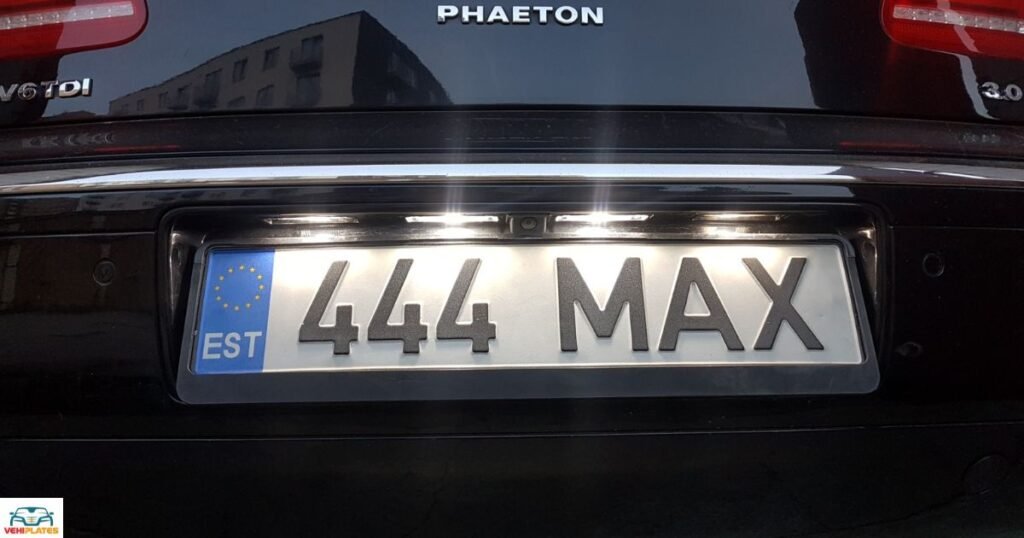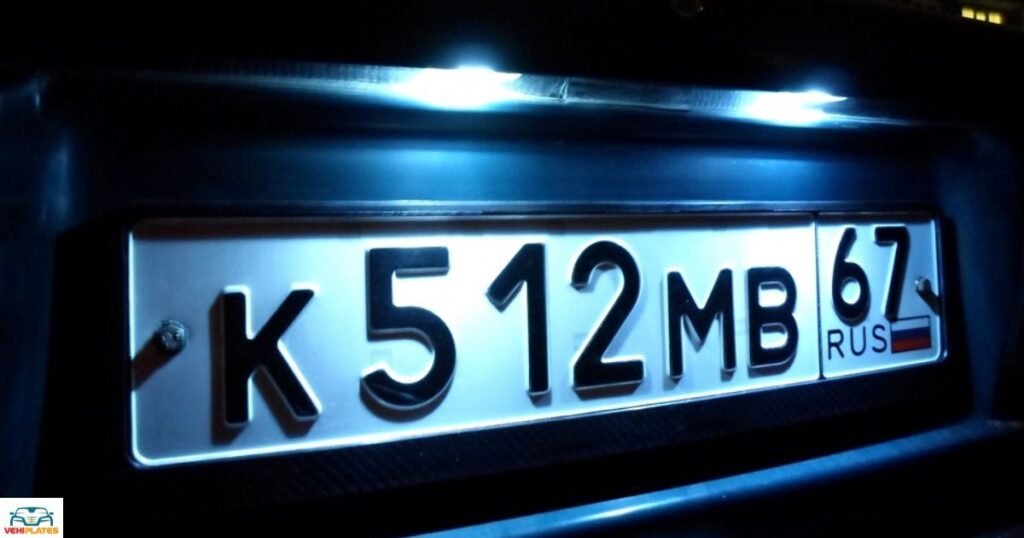License plate lights are an essential component of a vehicle’s lighting system, playing a crucial role in ensuring safety on the road. These lights illuminate the license plate, making it visible to other drivers and law enforcement, especially in low-light conditions or at night.
Understanding when license plate lights turn on and their significance is important for every driver. In this article, we’ll explore the operation of license plate lights, the regulations surrounding them, and their importance for road safety.
The Function of License Plate Lights
License plate lights are small bulbs typically mounted above or around the license plate at the rear of the vehicle. Their primary function is to illuminate the license plate, making it legible in dark or low-light environments.
These lights are wired to activate when certain conditions are met, ensuring they are operational when needed.
When Do License Plate Lights Turn On?
License plate lights typically turn on in the following scenarios:
When Headlights Are Turned On: In most vehicles, license plate lights are wired to turn on automatically when the headlights or parking lights are activated. This ensures that the license plate remains visible at night or in low-light conditions.
When Tail Lights Are Activated: License plate lights may also turn on when the vehicle’s tail lights are illuminated. This provides additional visibility to the license plate, especially when braking or driving in adverse weather conditions.
Regulations Regarding License Plate Lights

Regulations regarding license plate lights vary by jurisdiction, but they generally stipulate the following:
Brightness: License plate lights must emit sufficient brightness to illuminate the entire license plate clearly. Dim or malfunctioning lights may violate regulations and result in fines or citations.
Color: The light emitted by license plate lights must be white. Colored lights are typically prohibited, as they can obscure the readability of the license plate.
Placement: License plate lights must be positioned in a way that ensures uniform illumination of the license plate. Improperly positioned lights may cast shadows or glare, affecting readability.
Importance of License Plate Lights
| Importance | Description |
| Enhanced visibility | Illuminated license plates are easier to see, reducing the risk of accidents. |
| Identification | Clear license plates aid law enforcement in accurate vehicle identification. |
| Compliance | Properly functioning lights ensure compliance with legal requirements. |
| Safety | License plate lights contribute to overall road safety by enhancing visibility. |
| Prevents penalties | Compliance with license plate light regulations helps avoid fines and penalties. |
License plate lights are essential for enhancing visibility and aiding in vehicle identification, contributing to overall road safety. Have you ever wondered, ‘What does new Mexico License Plate look like?’
Maintenance and Troubleshooting

To ensure the proper functioning of license plate lights, drivers should:
Regularly Inspect: Check license plate lights during routine vehicle inspections to ensure they are working correctly.
Replace Bulbs: If a license plate light bulb burns out, promptly replace it to maintain visibility and compliance with regulations.
Check Wiring: Inspect the wiring and connections to the license plate lights for any signs of damage or corrosion. Faulty wiring can lead to intermittent operation or complete failure of the lights.
FAQ’s
When do license plate lights typically turn on?
License plate lights usually turn on when the headlights or parking lights are activated.
Are license plate lights required by law?
Yes, license plate lights are required by law in most jurisdictions to ensure visibility and compliance.
What happens if my license plate lights are not working?
Non-functioning license plate lights may result in fines or citations for non-compliance with regulations.
Conclusion
License plate lights are a vital component of a vehicle’s lighting system, providing essential illumination for the license plate in dark or low-light conditions.
Understanding when license plate lights turn on, the regulations governing their operation, and their importance for road safety is crucial for every driver.
By ensuring that license plate lights are properly maintained and functioning, drivers can contribute to safer roads and avoid potential legal issues associated with non-compliance.










